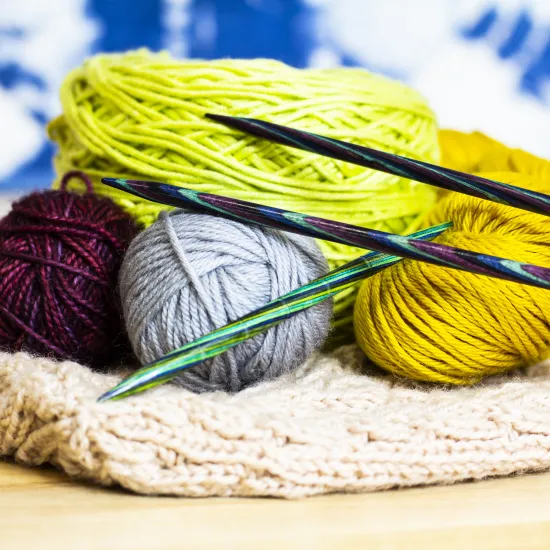- Megan M.
- Tuesday, July 19, 2022
Are you interested in creating a healthy, watershed friendly yard? Your first step is to maintain healthy soil.
Soil is a living ecosystem or organisms linked together through nutrient cycles. Bacteria, fungi, nematodes, insects and earthworms. These organisms help convert organic material and minerals into the nutrients plants need to grow.
Healthy soil can reduce your water bill, improve water quality, and encourage the growth of beautiful plants!
Here are some steps you can take to make sure your soil stays healthy:
Test your soil
A soil sample includes information about your pH, nutrients, and soil texture and will provide you with fertilizer recommendations based on the plants you plan on growing
How to collect a soil sample:
- Use a soil auger, spade or shovel to collect sub-samples from at least twelve different locations of your sample area. 6-8 inches, 2-4 inches for pasture or turf.
- Mix all your sub-samples together. If soil sample is wet, spread it out on newspaper to dry overnight.
- Label or number the soil bag and fill line (1-2 cups).
- Take your soil sample to your local extension office.
- Once you’ve got your results, use them to determine which amendments you need.
Created by Clemson Extension
Add organic matter
Organic matter such as compost, aged manure, green manure or mulches improves air and water availability, encourages health root growth and provides essential nutrients like nitrogen, phosphorus and potassium. Organic matter can help sandy soils retain water and improve the drainage of clay soils.
Provide air and water
By avoiding excessive tillage, using designated walking paths to avoid compacting soil and incorporating compost into compacted soil to increase air, water and nutrients for plants.
Mulch
Use mulch to conserve soil moisture, minimize weeds and moderate soil temperatures
- Create self-mulching areas under trees where leaves can stay where they fall.
- Use fallen leaves and pine needles as mulch under trees and shrubs.
- Maintain a 2-3 inch layer of organic mulch over the roots of trees, shrubs, and in plant beds. Remember to leave at least a hand’s width of space between the mulch and the plant’s trunk or stem. No volcano mulching!
- Prevent erosion and soil loss by applying mulch to areas where lawn will not thrive, such as gentle slopes and high traffic areas of your yard.
Find out how much mulch you need with this calculator.
Minimize chemical use
Use alternatives such as choosing disease-resistant plant varieties and plants suited to your site, hand-picking larger bugs, using water to knock insects off plants, and using physical barriers
Rotate crops to reduce disease-causing pathogens and prevent nutrient depletion
Maintaining healthy soil and Mulching are two of the twelve principles for creating a Carolina Yard.


